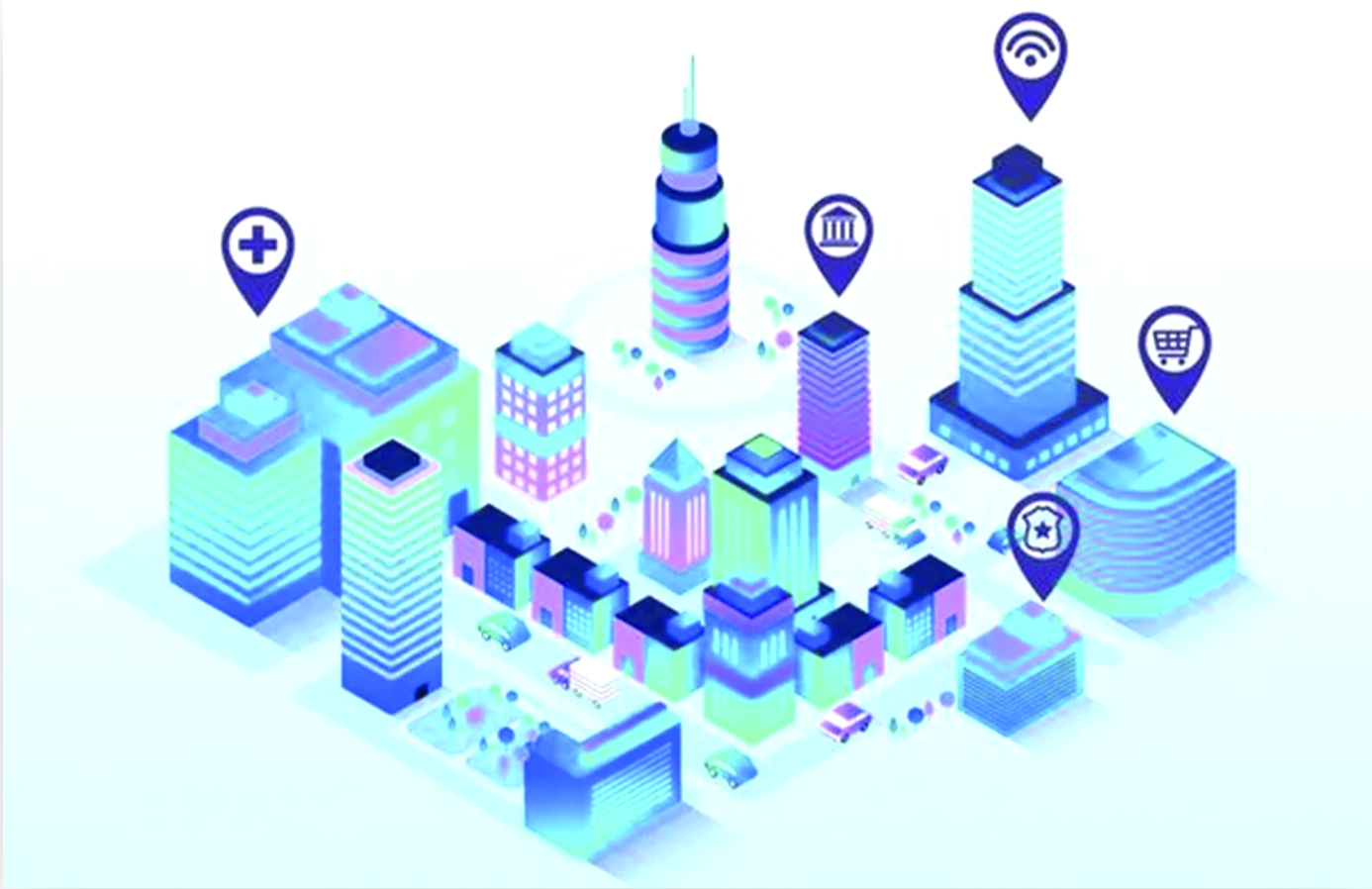
As the technology industry has made a shift from smartphones to smart watches, to home security systems and even smart refrigerators, the concept of a smart home has become practically ubiquitous. So, it shouldn’t come as much of a surprise that we are on a path towards the launch of what is being called a “Smart City.” As technologically-minded architects, we were fascinated to hear this trend develop further and discover how it might impact how we design urban spaces.
Smart cities are defined by their use of technology, especially digital and telecommunication technologies, to enhance the quality and performance of urban services. These include key functions like energy, transportation, and utilities. The goal is to optimize city services and drive economic growth while improving the quality of life for its citizens using smart technology and data analysis.
The core of a smart city is connectivity. By integrating various digital technologies, a smart city collects and analyzes data in real time, leading to more informed decision-making. This data-driven approach is key to addressing some of the most pressing urban challenges, from reducing traffic congestion to improving air quality.
Smart cities emphasize sustainability. Through smarter resource management and infrastructure planning, these cities aim to reduce their environmental footprint, paving the way for a greener future.
In the realm of architecture and urban design, the rise of smart cities is shifting our focus. We are now designing buildings and public spaces that not only accommodate but also interact with a wide array of technologies. These developments are not just about making cities more technologically advanced; they’re about making them more human-centric (SOURCE).
A prime example of a smart city in action is Songdo, South Korea. This city, built from the ground up with smart technology at its core, showcases what the future of urban living can look like. Songdo features a high-tech infrastructure that includes everything from energy-efficient buildings to an advanced waste disposal system where waste is transported directly from kitchens through underground pipes, eliminating the need for garbage trucks. The city’s design focuses on minimizing the need for cars and promoting walking, biking, and the use of public transportation. This integrated approach to urban planning and technology demonstrates the incredible potential of smart cities in enhancing urban life while addressing environmental and sustainability challenges.
At COR3, we are optimistic about this evolution in architecture. We believe that the rise of the smart city is not just a trend but a glimpse into the future of urban living–a future that is connected, intelligent, and sustainable.


